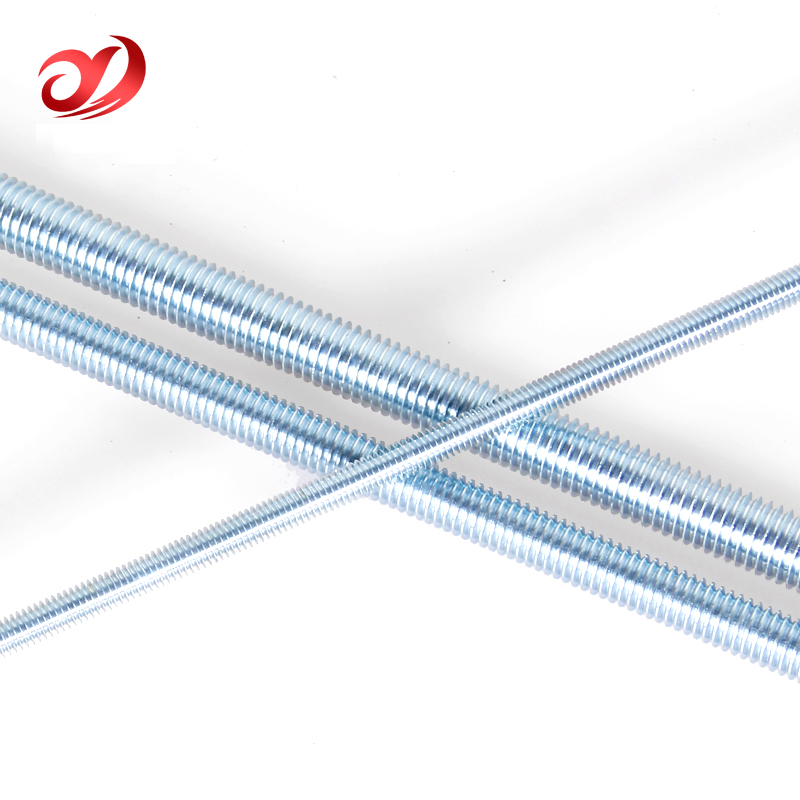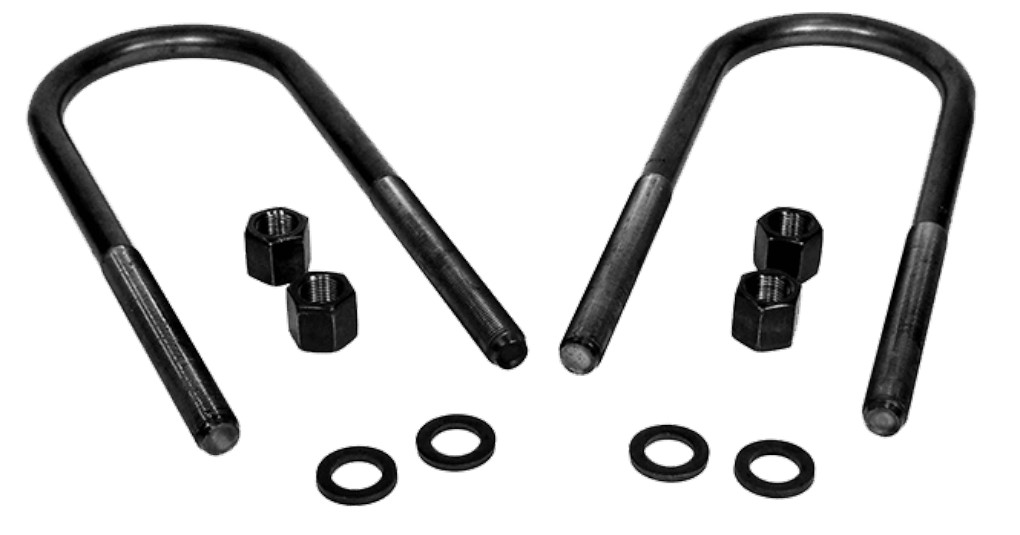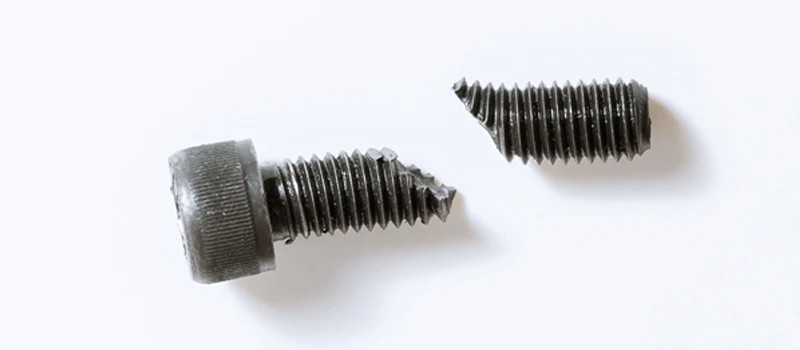What Is Hydrogen Embrittlement?
A Silent Threat from Within
Hydrogen embrittlement refers to the process in which hydrogen atoms penetrate the metal's crystal lattice, causing it to become brittle. It is one of the most common failure modes in high-strength bolts and often goes undetected during visual inspections. Once it occurs, the bolt may suddenly fracture, potentially compromising the safety of entire structures or machinery.
Three Major Causes of Hydrogen Embrittlement
It’s Not Just a Manufacturing Problem
1. Hydrogen Sources: The Risk Starts from Processing to Environment
Hydrogen can be introduced during manufacturing processes such as acid pickling, electroplating, and welding. These procedures can generate or attract hydrogen, allowing it to diffuse into the bolt material and become a latent cause of embrittlement. Electroplating, in particular, is known for creating hydrogen buildup, while pickling can release hydrogen gas—both contributing to long-term structural risks.
2. Higher Strength, Higher Risk of Brittleness
High-strength steels are more susceptible to hydrogen embrittlement due to their increased hardness. While higher grades offer greater load capacity, their hardened structure is more prone to hydrogen-induced cracking, especially under tensile stress or environmental exposure.
3. Harsh Working Environments Intensify the Risk
Moist, high-pressure, high-temperature, and chemically aggressive environments accelerate hydrogen absorption on metal surfaces. Industries like petrochemical, offshore construction, and renewable energy are especially prone to this threat due to continuous hydrogen exposure.
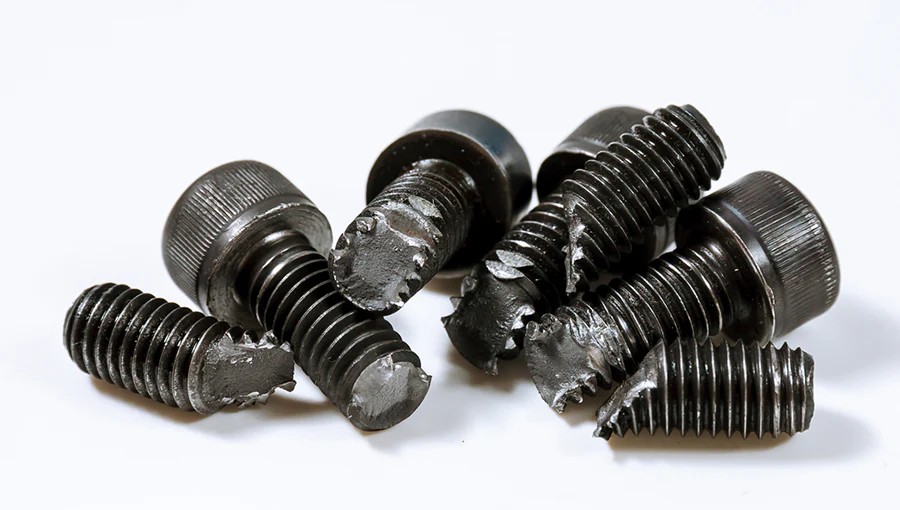
Are Higher Grade Bolts More Brittle?
Yes. Higher grade bolts—such as grades 10.9 and 12.9—are made from stronger, harder steel, making them ideal for high-load applications. However, this added strength comes with a trade-off: greater sensitivity to hydrogen embrittlement and brittleness if not properly processed or protected.
The Impact of Hydrogen Embrittlement on Bolts
Beyond What You Might Expect
Reduced Mechanical Performance
Hydrogen weakens the bolt’s toughness and ductility. Under tension, torsion, or cyclic loads, the material is more likely to fail suddenly and without warning.
Shortened Service Life
Hydrogen embrittlement compromises tensile strength, fatigue resistance, and corrosion resistance, all of which contribute to early failure and increased maintenance needs.
Increased Safety Risks
In critical sectors—such as chemical plants, pressure vessels, or bridges—a failed bolt due to hydrogen embrittlement can trigger catastrophic consequences.
What Causes a Bolt to Snap?
Several factors may cause bolts to snap:
Over-tightening, exceeding the bolt’s yield strength
Hydrogen embrittlement, especially in high-strength bolts
Fatigue failure due to repeated load cycles
Improper installation, including misalignment and incorrect torque
Corrosion, gradually weakening the bolt over time
Choosing the right bolt material, applying accurate torque, and considering the working environment are key to preventing such failures.
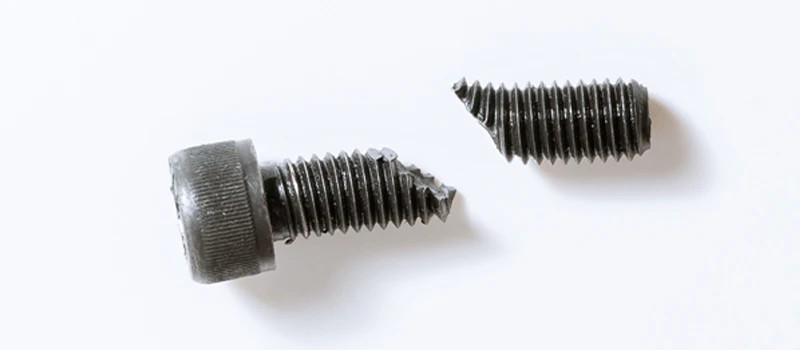
How to Prevent Hydrogen Embrittlement
Five Practical Strategies
1. Control Hydrogen Sources
Minimize the use of hydrogen-producing processes. For example, use low-acid solutions during pickling and low-temperature plating techniques to reduce hydrogen buildup.
2. Choose the Right Materials
Use materials with strong hydrogen resistance, such as low-alloy steel or stainless steel, which are less likely to absorb hydrogen and become embrittled.
3. Apply Post-Treatment Processes
Perform stress-relief or hydrogen bake-out heat treatments after production to remove absorbed hydrogen and lower the risk of embrittlement.
4. Control the Working Environment
Avoid exposing bolts to moisture, high temperatures, or corrosive chemicals. Protective coatings or replacing aged fasteners can help mitigate external risks.
5. Schedule Regular Inspections
In critical applications, conduct non-destructive testing such as ultrasonic or X-ray inspections to identify early signs of cracking or material fatigue before failure occurs.
How Do You Strengthen Bolts?
To improve bolt strength:
Use higher grade, properly heat-treated materials
Apply surface treatments like black oxide or zinc coating
Design joints that distribute loads more evenly
Use washers or locking mechanisms to prevent loosening
Apply torque with calibrated tools for consistent preload
Should You Lubricate Bolts?
In many cases, yes. Lubrication reduces friction between mating threads, improves torque accuracy, and prevents thread galling. However, using lubrication alters the torque-tension relationship—so always follow torque specifications that account for lubrication.
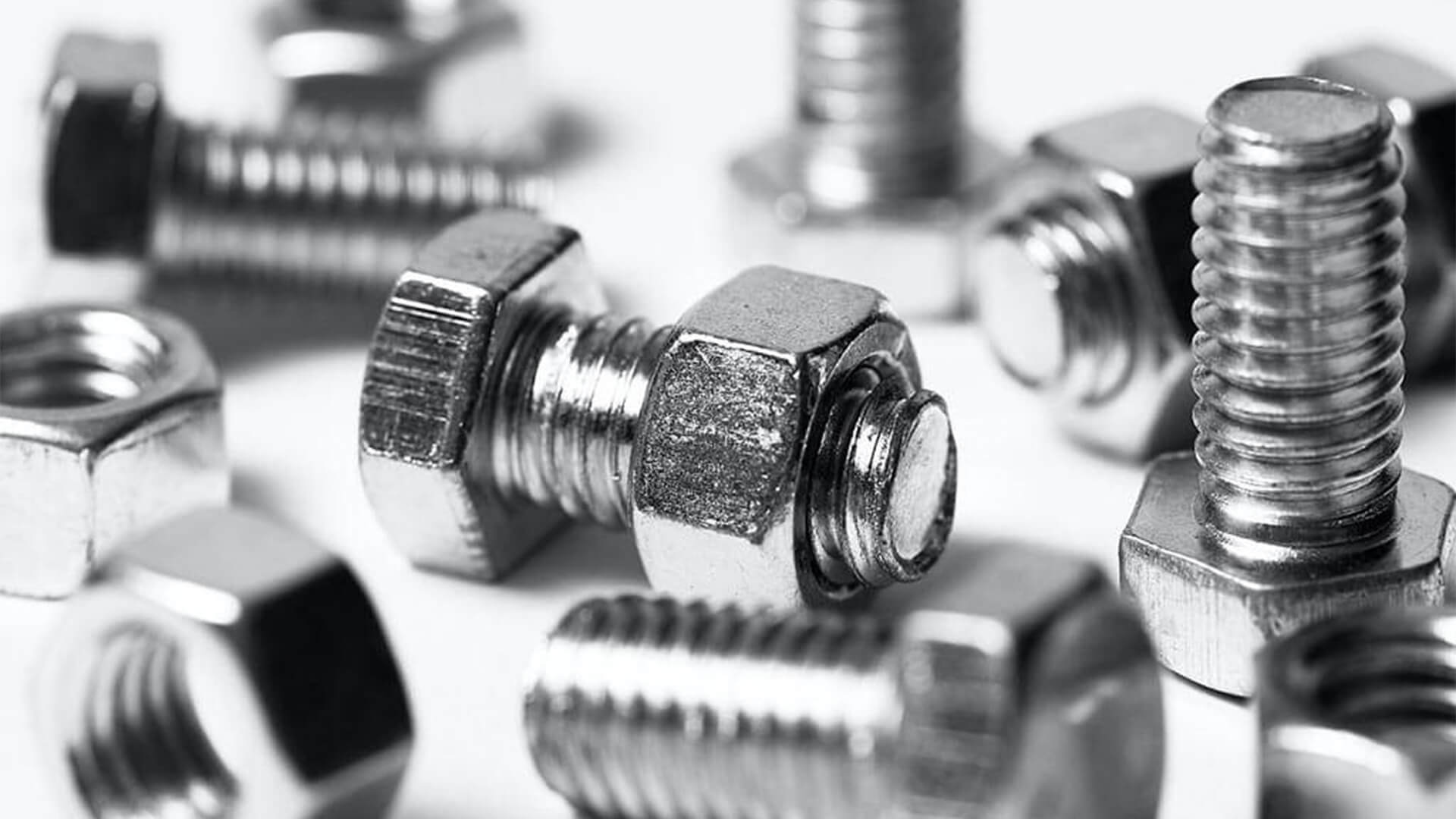
Industry-Specific Effects of Hydrogen Embrittlement
Automotive Industry
High-performance and electric vehicles rely heavily on high-strength bolts. Exposure to high heat and vibration makes bolts more susceptible to embrittlement, which may lead to structural failures affecting safety and performance.
Petrochemical Industry
Equipment operates under extreme pressure and temperature, often in hydrogen-rich environments. Long-term exposure can cause embrittlement, potentially resulting in leaks, malfunctions, or serious safety hazards.
Heavy Machinery
Bolts in heavy machinery endure high loads and frequent impacts. Hydrogen from the environment or process fluids can accelerate brittleness, threatening operational reliability and increasing repair costs.
Infrastructure and Construction
Bolts used in bridges, wind turbines, and buildings must withstand outdoor exposure to moisture, salt, and temperature changes. Hydrogen embrittlement reduces their durability and can compromise structural safety over time.
Conclusion: Don’t Let Hidden Hydrogen Become a Silent Threat
Bolt embrittlement is a serious concern that must be addressed by engineers, manufacturers, and end users alike. From design and materials to environmental controls and inspection, every step matters. Higher strength doesn’t guarantee reliability—only through understanding and managing hydrogen embrittlement can we ensure long-term safety and structural integrity in the most demanding applications.






